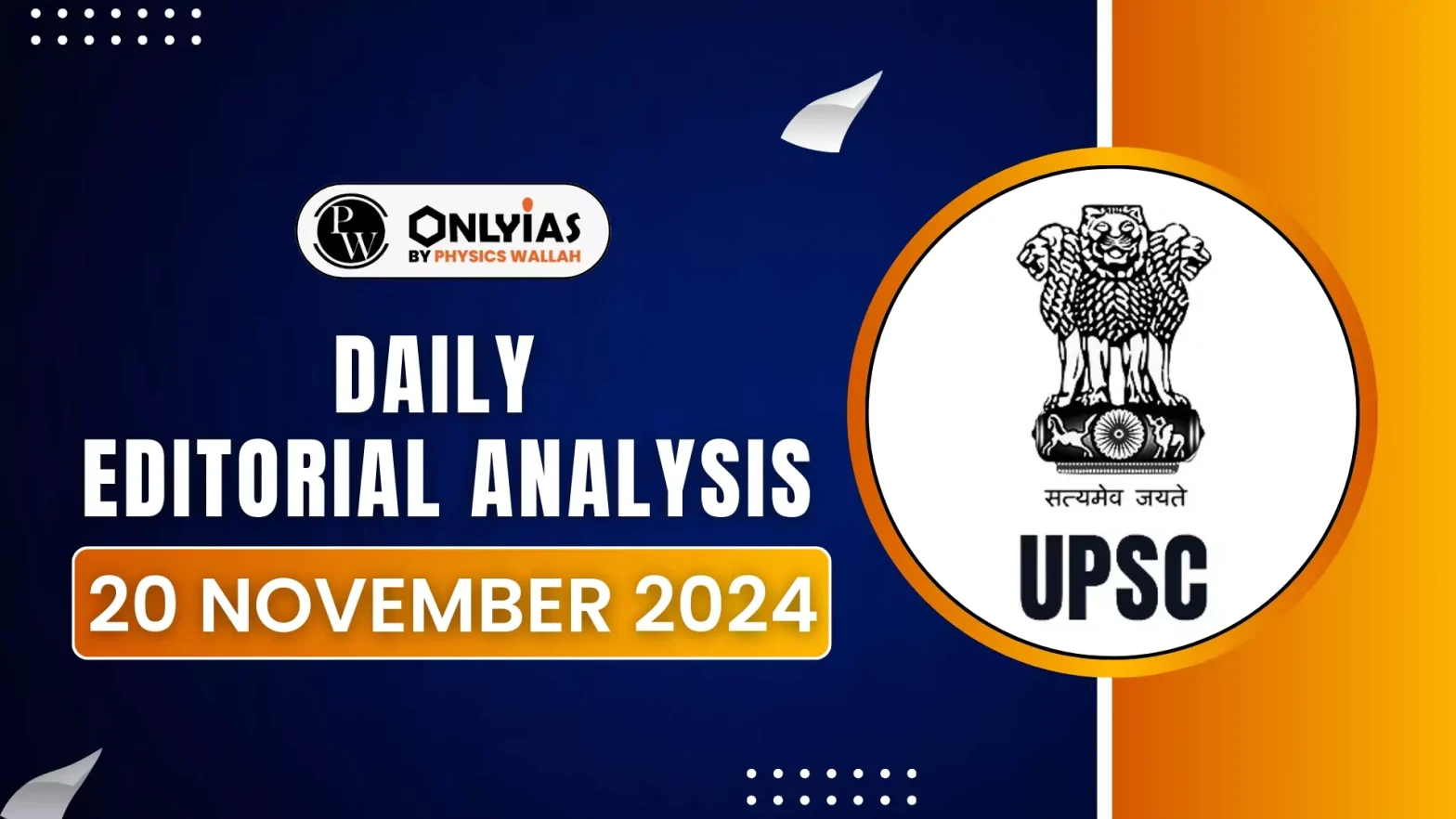India criticises the EU’s Carbon Border Adjustment Mechanism (CBAM) for being discriminatory, as it disproportionately impacts developing economies. India calls for fairer trade practices and equitable emission accounting to ensure balanced climate action.
Understanding Protectionism
- Protectionism is a threat to the collaboration required between the developed and developing world in addressing climate issues.
Protectionist mechanism employed by European Union
1. European Union’s Carbon Border Adjustment Mechanism (EU-CBAM)
- The EU’s CBAM imposes a carbon price on certain imports, set to take full effect on January 1, 2026.
- It ensures a level playing field by aligning the carbon cost of imports with domestic production.
- Targeting carbon-intensive goods like cement, steel, aluminium, fertilisers, and electricity, CBAM may significantly impact India’s exports, as these items form a key part of its trade with the EU.
Enroll now for UPSC Online Course
2. Corporate Sustainability Due Diligence Directive(CSDDD)
- The EU’s CSDDD mandates large companies to address human rights and environmental impacts of their operations globally.
- For example, in a company where child labour is employed, this directive asks companies not to engage in business with such entities violating human rights.
3. EU Deforestation Regulation(EUDR)
- The EUDR requires companies to ensure their supply chains are free from deforestation.
- They must trace product origins, assess deforestation risks, and mitigate them.
- For instance, companies must avoid sourcing coffee grown on deforested land.
Key Issues with the CBAM
- Discriminatory Nature
- Unilateral Design: CBAM was introduced by the EU without sufficient consultation with developing nations like India, undermining global collaboration on climate action.
- Unequal Burden: It shifts the carbon cost to exporters like India, overlooking developed countries’ historical emissions and higher consumption, violating the CBDR principle.
- Impact on India’s Trade
- The EU accounts for 20.33% of India’s exports, with 25.7% exposed to CBAM.
- Sectors like iron and steel (77% of India’s EU exports), aluminium, cement, and fertilisers face increased costs, reducing competitiveness in the EU market.
Way Forward
Stronger arguments need to be presented, highlighting that not all developing countries are equally affected by CBAM, as their trade dependencies on the EU differ significantly compared to India.
- Additionally, the impact of climate change is not uniform across developing nations, with some countries being far more vulnerable than others.
Proposed Arguments
- Time for Adaptation
- The EU had decades to prepare for its emission reduction goals, starting with the 2008 Climate Action Package, which targeted a 20% reduction by 2020.
- This was later expanded to a 55% reduction by 2030 under the 2019 European Green Deal
- Developing countries like India lack sufficient time to adapt, as CBAM’s 2026 implementation timeline is too soon for nations with limited infrastructure for emissions reduction.
- Revenue and Empowerment
- CBAM revenue, projected at €5–14 billion annually by 2030, will remain with the EU.
- India advocates for revenue sharing to help developing nations build capacity and access sustainable technologies for climate adaptation.
- Equity-Based Emission Accounting (EBA)
- India can propose EBA as an alternative to the current CBAM framework.
- EBA incorporates factors such as per capita GDP, per capita emissions, trade-related gains, and avoided emissions through trade to ensure fair distribution of emission reduction responsibilities, reflecting developmental and historical disparities.
- Ensuring Fairness
- The current Production-Based Accounting (PBA) under UNFCCC overlooks historical emissions by developed nations.
- Equitable emission targets should account for each country’s development stage and mitigation capacity.
Check Out UPSC CSE Books From PW Store
Conclusion
India must counter CBAM by advocating for equitable climate policies that consider historical emissions and developmental disparities. Collaboration with the Global South, stronger arguments, and equity-based alternatives can ensure fairer climate action and trade practices.
![]() 20 Nov 2024
20 Nov 2024

